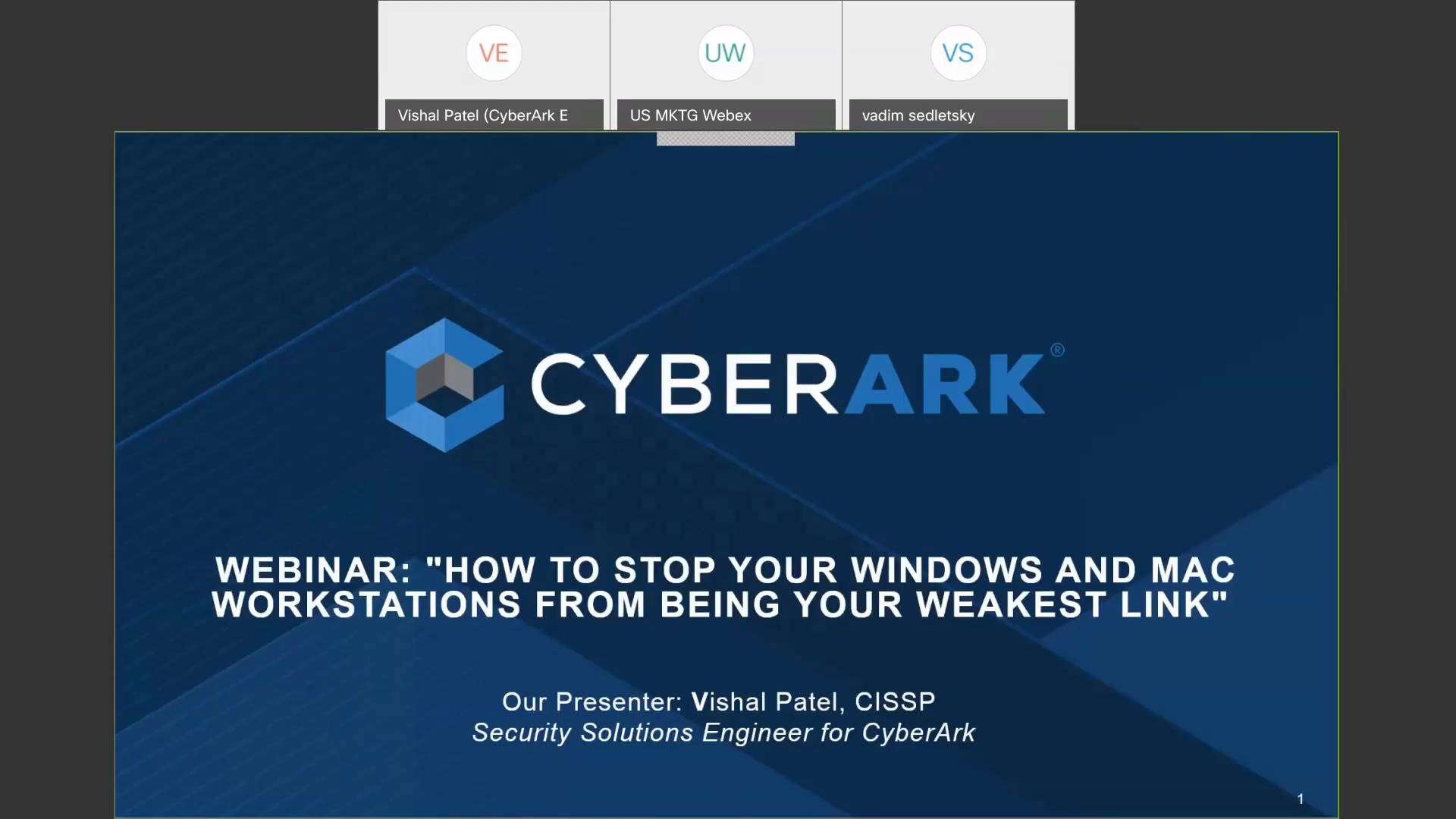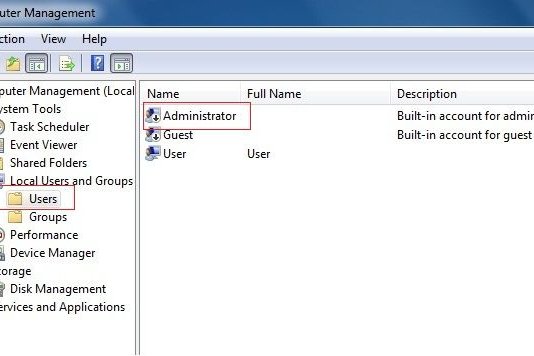

AD has 2 types of groups: Security and Distribution. In Active Directory Users and Computers "Security Enabled" groups are simply referred to as Security groups.

If they match you have a SAM group, if they differ you have a domain group. You can determine if the group is a domain or SAM group by comparing Group Domain: to the Computer: name.

This event is logged on domain controllers for Active Directory domain local groups and member computer for local SAM groups. The user in Subject: removed the user/group/computer in Member: to the Security Local group in Group.


 0 kommentar(er)
0 kommentar(er)
